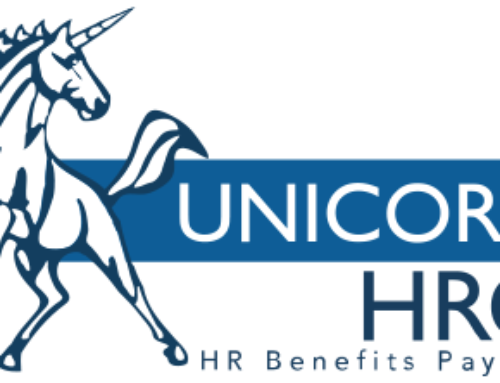Human Resource Management System (HRMS) software has become indispensable in making it easier for HR staff to manage and organize their day to day paperwork. Such software can help HR staff perform a variety of functions, from benefits administration to payroll, as well as recruiting and job training; all in one package. However, to ensure that the best decisions for the company can be made, it is important to make sure that you’re using the software to its fullest and that you have the best system in place to assess company trends Understanding the functions offered by HRMS software and the metrics that can be measured, enables you to get the most accurate information possible so it can be analyzed and practically utilized. Below are some metrics your HRMS should be measuring.
HRMS and New Hires
New hires can tell HR staff a lot about whether their company is doing the right things to attract new talent. Using a HRMS to track the main reasons for why a new hire chooses to work for a company can be especially valuable. Moreover, HRMS can also be used to track why some new hires decide to leave after being in the job for only a short time. By assessing these factors, HR staff can not only ensure that the most talented staff are being hired, but also that they stay at your company. Doing this will help HR staff to cut down on recruitment and training costs.
Revenue and Performance
Covering organizational costs is one of HR’s biggest concerns. By using HRMS software, these costs can be assessed so that staff can see what is being spent on day-to-day activities and compare such costs with other companies. By doing this, HR can see what areas they may need to focus on more to ensure that they are being efficient in their duties, as well as identifying where costs can be cut so that money is not being wasted.
HRMS can also be used to evaluate employee performance so that staff can see which of the company’s employees have been performing at the highest level. Performance metrics can allow HR staff to look at the work their best employees have been doing and use this information to see if these employees are properly compensated. This allows HR to deliver on its promise to reward a job well done, as well as have accurate information to assess whether or not the employee’s expectations of reward are being met.
HRMS Social functions
One of the strengths that newer HRMS software offers is that it now has a social function, collaborative features that allows not only HR staff but also managers and employees to log on frequently to the application. Social functions can facilitate on-the-job learning by providing a platform in which employees can share knowledge and information with each other. Using the HRMS in this fashion can lead to increased knowledge and ultimately better decision making across all levels of the organization.
HRMS software can be extremely useful but it’s important to know how to use such software to its utmost potential. By being knowledgeable of the functions HRMS software now offers, HR staff can best utilize such software and play a part in ensuring a smarter, more knowledgeable company that sees lower organizational costs and better performance.

